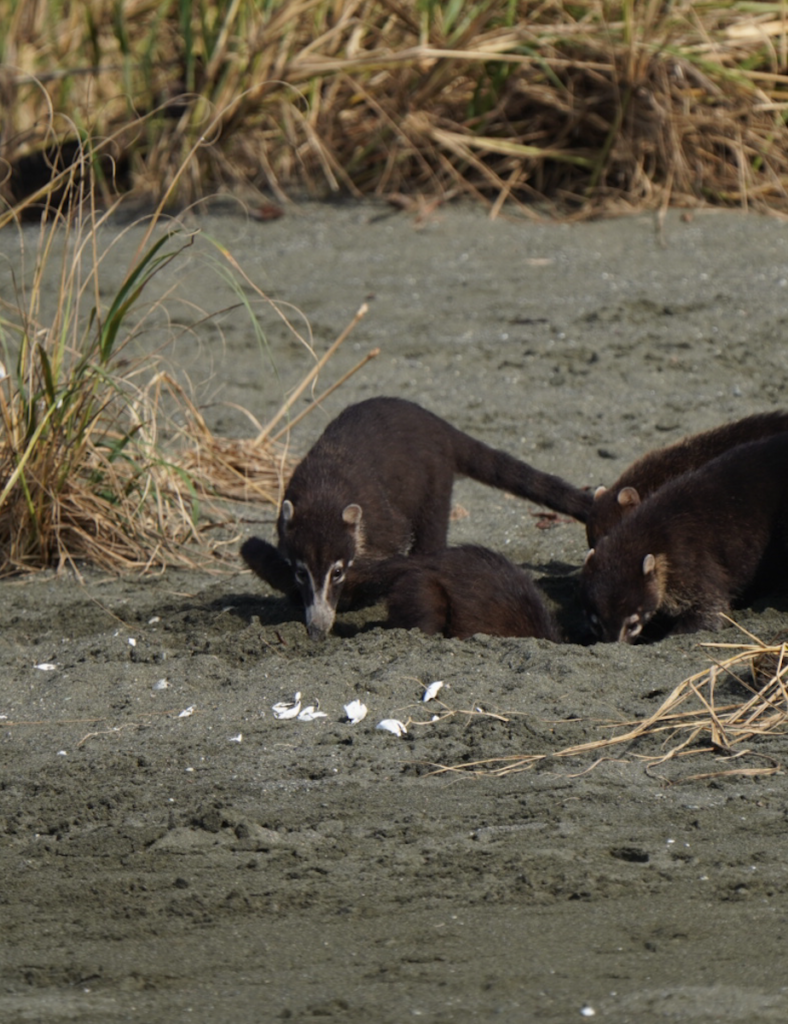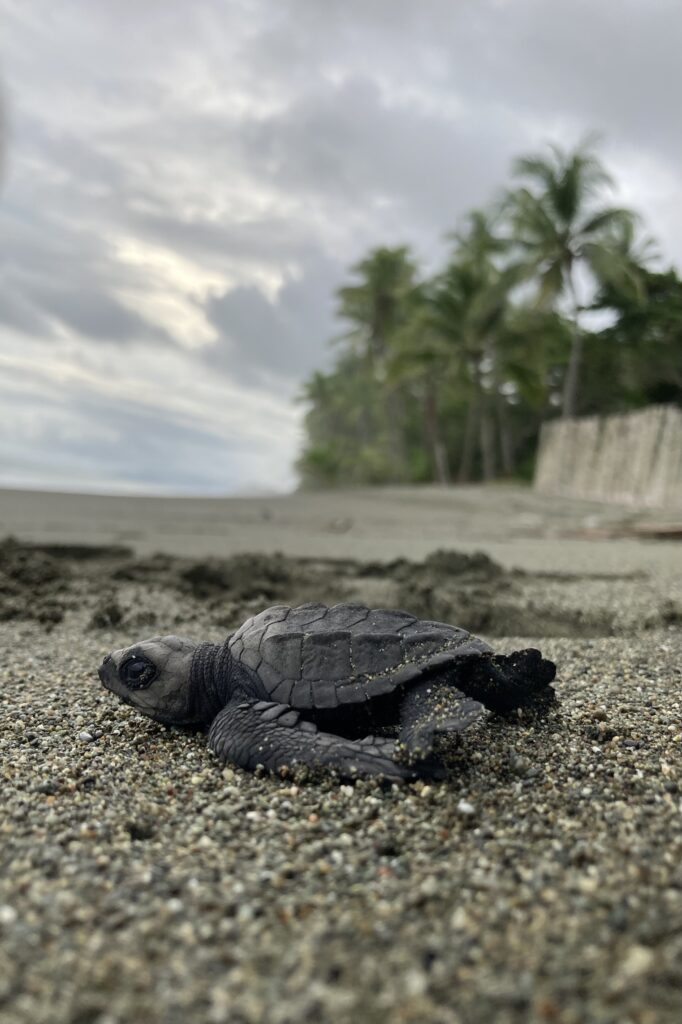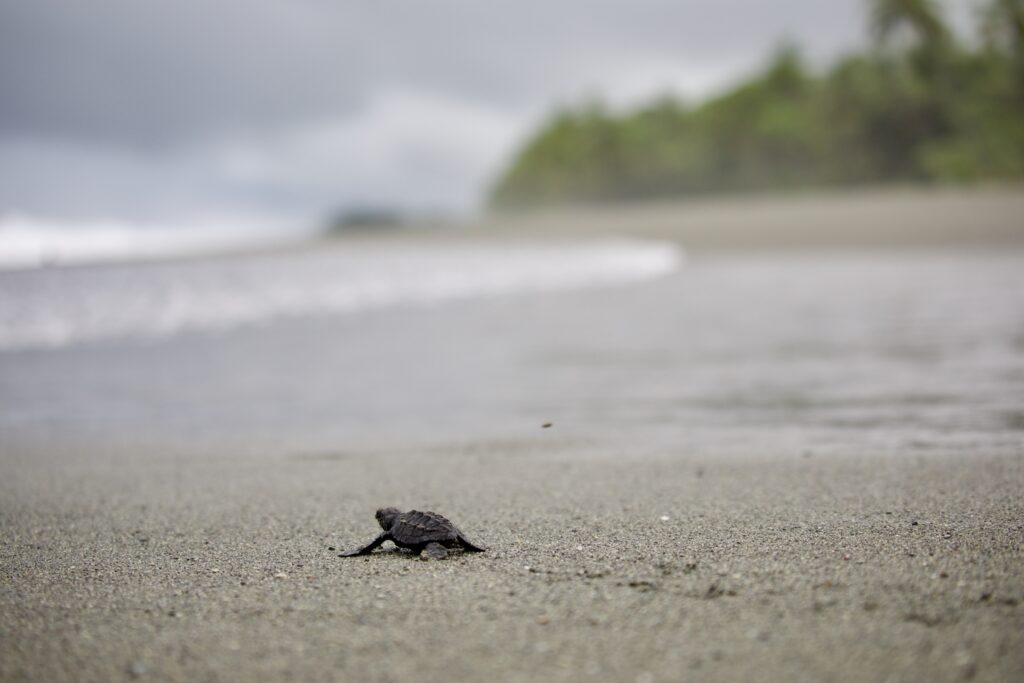
Predator-excluder systems (PES) seem to be an efficient tool to reduce predation rate of Olive Ridley nests at Piro beach. This is an important result because this beach suffers a high predation rate mainly by white-nose coatis (Nasua narica). This species was able to grow without control because their predators (jaguars and pumas) were hunted in the past and only small populations of them are left in the area.
Besides this, when using predator-excluder systems, the nests are relocated in a safer site at the beach (regarding flooding and beach erosion) and the hatchlings are able to emerge from the nest by themselves at night when they are less vulnerable.
However, the average hatching success of the nests protected by predator-excluder systems was lower than the one recorded in previous studies developed with natural nests.
Consequently, it is important to develop a consistent relocation protocol to maximize the hatching success of the nests that are protected by PES.
The results showed that relocating the nest deeper and in an area with both shade and sun (“Border” beach zone) increases the hatching success of the nests. These two conditions provide lower temperatures to the nests. Previous studies have shown that high temperatures can be lethal for the eggs, increase the presence of bacteria and affect the sex ratio of the hatchlings. Therefore, this has to be considered when relocating the nests with predator-excluder systems in the future.
Furthermore, our analysis showed that the later we were doing the relocation, the higher the hatching success. This was unexpected, because it was assumed that the later in the day, the higher the temperature the eggs would be exposed to. However, between 5am and 8am the difference in temperature is probabily not that big to make a difference and other factors could have played a role. For example, the amount of time since the eggs were laid could be also affecting the hatching success. Perhaps the nests relocated later in the day had been laid only a few hours before and thus were less vulnerable to movement in the relocation process.


Hope you enjoyed this! It was just a small part of my Master’s thesis, not everything could fit here, but you can always get in touch with me to know more!